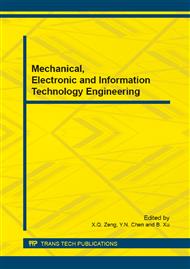p.390
p.395
p.399
p.403
p.407
p.413
p.422
p.433
p.439
Analysis of the Interrelationship between Trip Chain Pattern and Trip Mode Choice Based on Multinomial Logistic Model
Abstract:
This paper explores the interrelationship between trip chain pattern and trip mode choice based on multinomial logistic model, using 2010 Nanjing resident trip survey data. Unlike previous literatures, trip mode choice is divided into single-mode and multi-modes in this study. Estimation coefficients verify trip chain pattern and trip mode selection are a pair of choices that influence each other. Trip mode is great positively associated with trip chain pattern of HW+WH, HO+OH, HW+OH, however, in return trip chain pattern is the most significant negative factor that affects trip mode choice, which means that no trip chain pattern would provoke travelers to select multi-modes. Despite the results seem to reach a contradiction between trip chain pattern and trip mode choice, still two facets of views try to explain the phenomenon, in addition, discussion on the interrelationship between complex trip chain pattern and multi-modes which might put forward more challenges to urban planning is also proposed as well in the paper.
Info:
Periodical:
Pages:
407-412
Citation:
Online since:
March 2015
Price:
Сopyright:
© 2015 Trans Tech Publications Ltd. All Rights Reserved
Share:
Citation:


